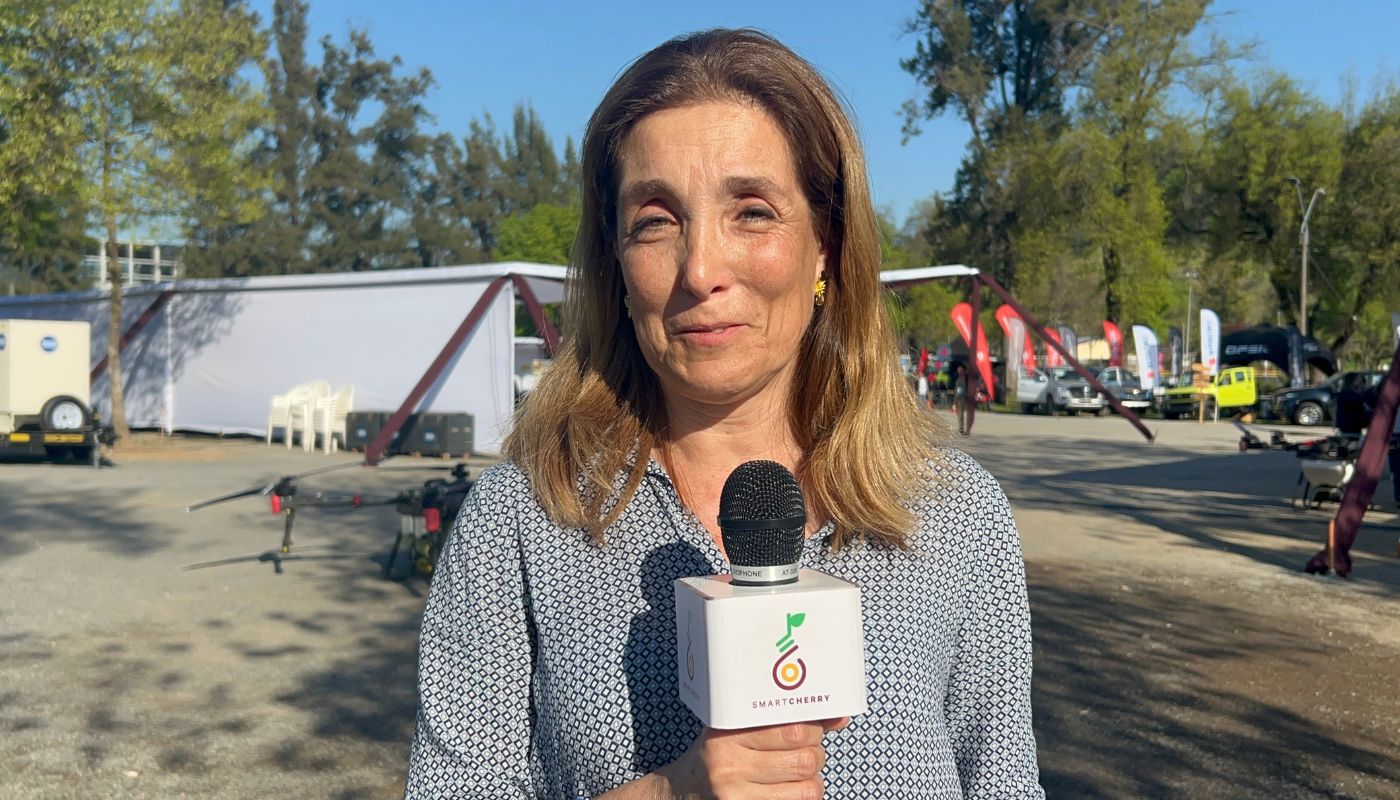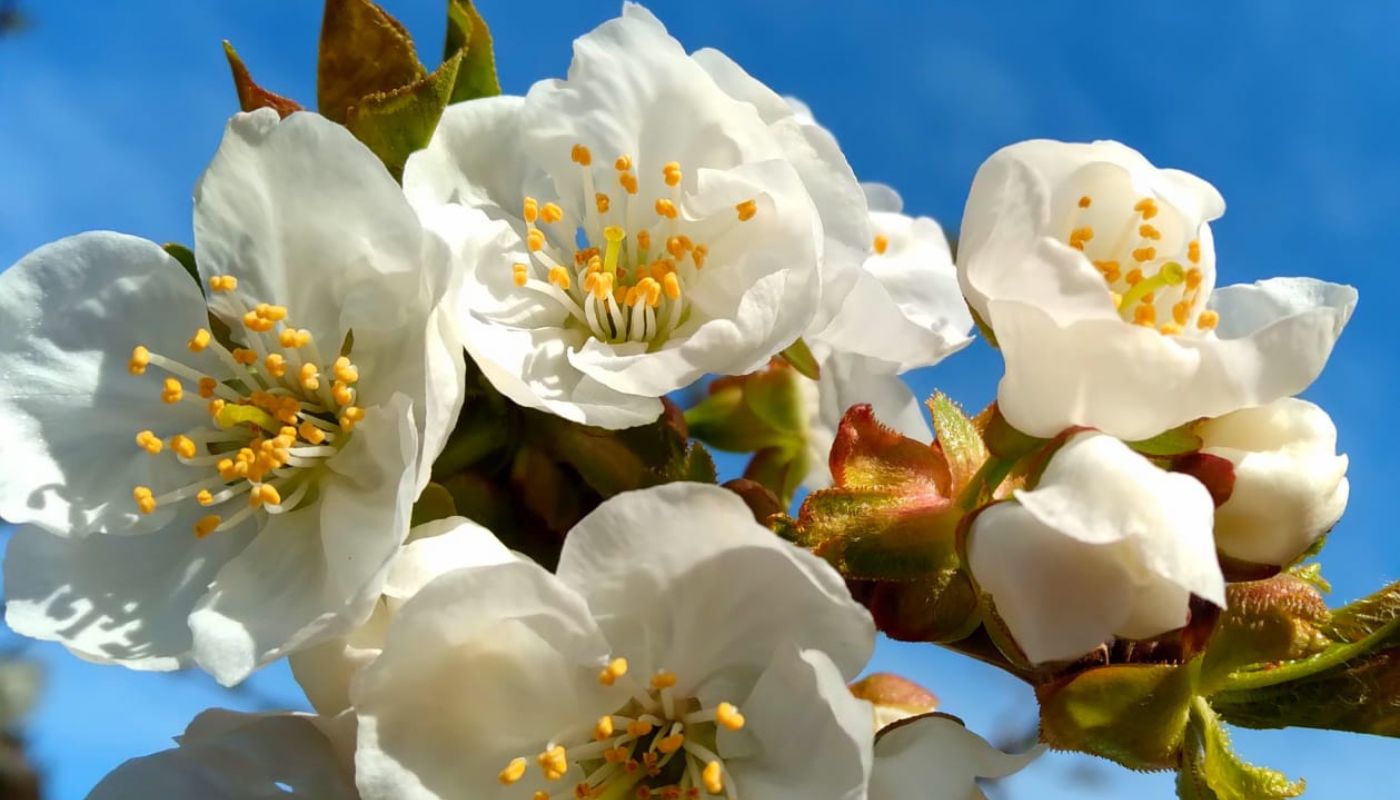This is the case of GoodValley, a company located in the Colchagua Valley in central Chile, which has been promoting the development of dried cherries for five years as a way to reduce losses and diversify its offering.
Bruno Ceroni, the company’s commercial manager, explained that while they have the infrastructure and raw materials to scale the business, the main challenge remains commercial.
Ceroni explained that they began developing dried cherries five years ago. “We have a gas oven to dehydrate the raw material and we have cherry orchards where we can supply ourselves; we also go out to buy fruit. So, we have been dehydrating around 200 to 300 tons per year”, he said.
“We began exploring the option of dehydrating some cherries to explore the markets and see how we could fare with this slightly newer product”, he added.
He explained that, “Generally, what we do is take the sizes that aren’t exported. We dehydrate the fruit that has some damage and doesn’t qualify as fresh fruit”.
“It’s not that we’re competing directly with fresh cherries, because ultimately what we do is take what can’t be exported fresh”, he specified.
When asked about the business outlook, he commented that “it’s been slower than we had estimated because it’s a product that has yet to become well-known.” He added that “there isn’t a very developed market; we haven’t managed to expand our volume, even though we’ve been in this business for more than five years and have had a fairly similar volume every year”.
Ceroni said: “Given the volume of fruit available in Chile, combined with our logistical capacity and dehydration infrastructure, we have the capacity to grow, but the limit we face today is commercial, finding a market that will accept this product”.
Profitability of the Dried Cherry Business
When asked about the profitability of dried cherries, he explained that a producer primarily uses his orchard for fresh produce, and that’s where his profitability lies. “What we do is take a volume that doesn’t have the capacity to sell, dehydrate it, and reduce the cost of refrigeration and maintenance, so we can market it abroad”.
He explained that if the market pays 100 pesos for fruit that doesn’t qualify for export, “we can pay double that today”.
He added that during peak volume, “there’s a lot of discarding and a lot of fruit that stays in Chile because it doesn’t qualify for fresh export, and that volume eventually goes to zero. And that ends up being very expensive for the producer, because going through the fresh product line and not exporting it has a processing cost, but there’s no income. So, for the farmer, it’s going into the red”.
He reiterated that they take that volume and provide a return to the farmer. “Therefore, they don’t lose that fruit, but their profit ultimately lies in the fresh fruit. If we can find a niche that demands a more significant volume”.
He was clear in stating that commercial development is needed, in addition to promoting a product that is known in the target markets to make it attractive, “because in the end, volumes today are very marginal”.
In that sense, he said that progress has been made: “In five years, we already have clients who are asking us for fruit every year. That means consumers are already recognizing the product”.
The GoodValley commercial manager said that “we compete with raisins, dried plums, dried apricots, and dates, so it’s a bit difficult to enter with a new or lesser-known product”.
He explained that they have the production, processing, machinery implementation, and marketing capabilities, “so we are trying to develop this both internally and externally”.
Regarding destination markets, he said they have exported primarily to Asia, with China being one of the main consumers, along with Thailand, Singapore, Malaysia, and Southeast Asia. They have also made some shipments to North America.
Ideal Varieties and Challenges
When asked about the ideal varieties for dehydration, he indicated that the most important factor is the fruit’s ripeness, with a high Brix content.
He was clear in stating that early varieties are not suitable for dehydration because they are low in Brix, do not dehydrate very well, and the yield is not as good, as many kilos of fresh fruit are required for dehydration.
“We focus mainly on mid- and late-ripening varieties”, he said.
In line with the sector’s challenges, Ceroni said the main challenge is commercial, “and combining efforts among all the companies conducting these tests to reach and attack a market together”.
He added: “Because the more interesting the volume we have and the ability to attack a market together, I think it’s much more significant than each company going to different locations individually. China is currently one of the main consumers; it has huge potential”.
He explained that Chinese consumers consume dried cherries, which come mainly from the sour fruit and are infused with added sugar at the end. “And the dried cherries we make come from sweet cherries, and today the trend in China is to look for more natural products without preservatives or additives. So, the cherries we offer don’t need any extra sugar additives. So this trend has greatly supported us in developing the product and promoting it”.
When asked about consumer groups, he indicated that it is primarily for snacks. “We are researching ways to diversify the product and bring it to a more culinary level, such as for drinks or juices”, he said.
In his opinion, it is essential to explore the development of dehydrated fruit alternatives together with the fresh fruit industry: “It’s a win-win alliance”.
Finally, he added that “fresh fruit exporters, by increasing their volume, will obviously have a 20% discarded fruit that doesn’t qualify for export. Therefore, managing this in alternative markets, whether for dehydrated or frozen products, helps because they ultimately get this volume of fresh fruit out of the market, and this reduces market pressure”.
Source: Portal Frutícola









